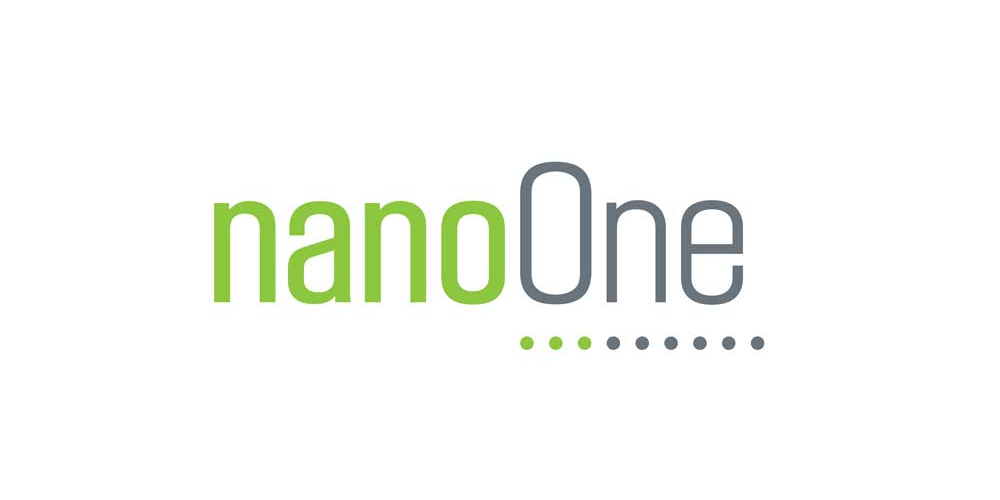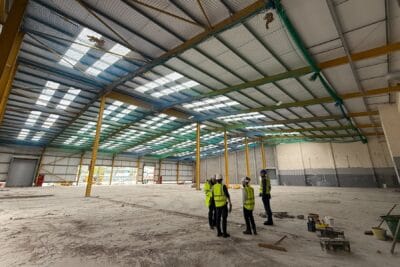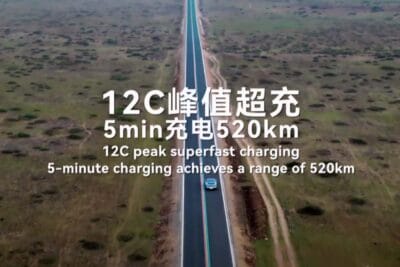Nano One Materials improves battery production process
Canadian battery developer Nano One Materials has released an update on its plans for LFP and other cathode materials. Nano One plans to systematically accelerate the commercialisation of its One Pot process, starting with 200 tonnes per year.
Production is scheduled to begin in the third quarter of 2023 at the Candiac facility in the province of Quebec, which Nano One first acquired in 2022 as part of its acquisition of Johnson Matthey’s Canadian battery business. The production capacity of the LFP cathode material plant was reported at the time to be 2,400 tonnes. The plant is now being upgraded to Nano One’s so-called One-Pot technology. At the start of production, the plant is to run at 200 tonnes per year, and later capacity is to be increased to up to 2,000 tonnes per year.
Nano One counts the One-Pot and M2CAM processes (for the direct processing of metal into cathode active material, CAM for short) among its two core technologies. The aim is to be able to produce various cathode materials directly from sulphate-free class 1 metals (i.e. iron and nickel metal powders) and lithium carbonate. As this should eliminate the need for various processing steps (such as processing lithium carbonate into lithium hydroxide or the costly chemical conversion of metals into intermediate metal sulphates), it should reduce energy consumption, water use and costs.
“One-Pot simplifies production and I believe it will enable Nano One and our partners to produce the cleanest CAM while driving down costs and building the most localized and secure supply chains,” says Chief Commercialisation Officer Denis Geoffroy. The knowledge gained at Candiac will be used to accelerate the commercialisation of the One Pot process – in hundred, thousand and ten thousand tonne increments, the company says.
The company’s goal is to capture a significant share of the markets for LFP cathode materials, starting in North America, then Europe and the Indo-Pacific region. Nickel- and manganese-based cathode materials also play an important role in Nano One’s growth strategy. To this end, the company has also started technical work on a separate NMC and LNMO pilot plant with a capacity of 100 tonnes.
For both LFP materials and later for NMC and LNMO, the products from the pilot phase will be shipped to partners and potential customers for validation, qualification and acceptance, and possibly for initial sales. On this basis, a larger demo plant for commercial LFP production is also planned after the pilot plant. There, it should be possible to produce up to 10,000 tonnes per year on one line. This production line will then serve as a blueprint to operate plants with several production lines and a total capacity of 50,000 to 100,000 tonnes per year.
“The Pilot and the Demo Plant will be launch pads for evaluation, training, offtake, production, first revenues and rapid growth to meet the needs of our collaborators, partners and growing list of potential customers,” says COO Alex Holmes. “To feed this growth, we are partnering with critical mineral and raw material providers to reduce waste, water, cost, and energy intensity while strengthening domestic supply chains.”
Nano One plans to source Class 1 ferrous metal from its partner and shareholder Rio Tinto; the mining group produces such material in North America “in large quantities”, Nano One said. In addition, the company is reportedly cooperating with BASF.





0 Comments